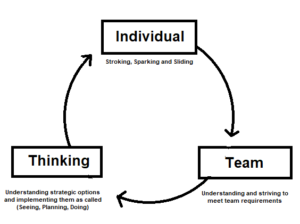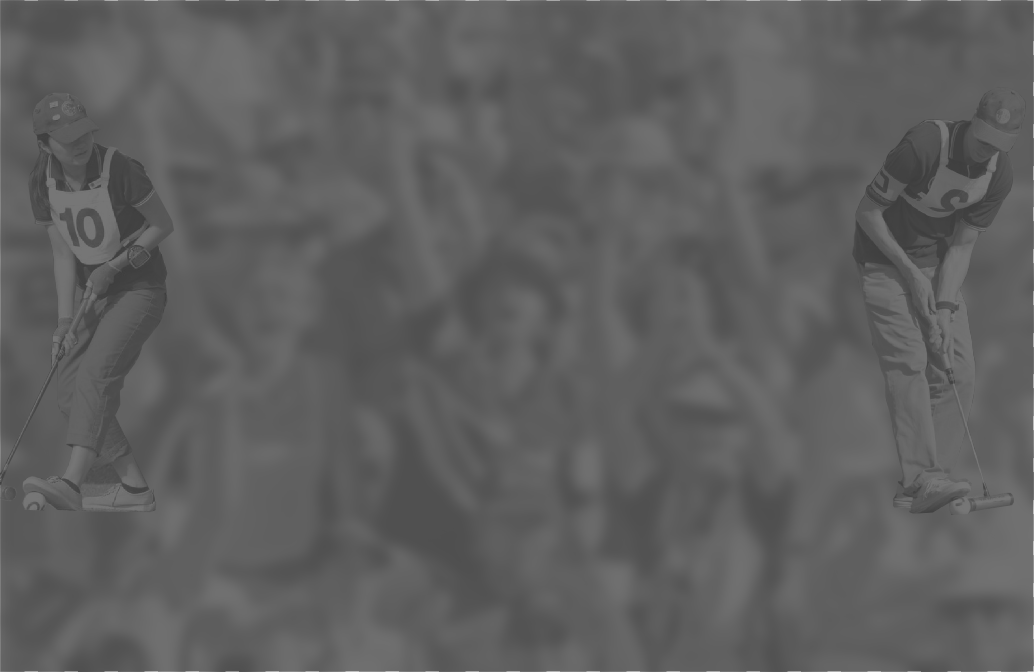This page contains resources which may assist in understanding how players develop Gateball skills.
Remember that playing Gateball requires all players to develop individual, team and thinking skills.
1. Player’s motor skills develop through different stages.
At first a player needs to think about every step in a routine to get it right. When a routine is mastered they can concentrate on applying those routines to basic skills like cross court sparks or sparking tight to the line. Finally, it all becomes fairly automatic. The stages are known as the Cognitive, Associative and Autonomous phases of motor learning. It helps to understand these so players aren’t “trying to run before they walk!” Different approaches to learning motor skills may need to vary according to the phase a player has reached. Read about Phases of Motor Learning.
2. Beginners are mastering basic routines for stroking, sparking and sliding.
(Cognitive Phase) Some important information for players at this stage is described here.
3. Basic Applied Skills and Overcoming Errors (in the Associative Stage.)
It is important to consider a few ideas about how to develop basic skills once routines have been internalised.
4. There are millions of different situations that are possible in Gateball. It is an incredibly complicated game that requires players to have good thinking skills..
See How does Gateball differ from Croquet for an explanation of just how random Gateball can be. It’s why the thinking skill of decision making is so important for the game and explains why a limited number of drills won’t produce great players
5. When practicing Gateball it is important to vary your practice.
See this video on Block and Random Practice.
6.The Action/Perception Cycle
This helps us understand that practicing in game like situations is the way that advanced skills will develop. The cycle is the relationship between thinking/perception and action. Read a brief explanation here. This cycle debunks aspects of the old saying that “a game is not practice”
7. Game based approaches to practice and encourage decision-making.
This is often forgotten about in traditional drilled practice which can focus on repetition too much. Read this article for a description of the approach. Gateball for Competition players suggests that the skill sequences advocated in these materials can be turned into games.
If you really want to get to grips with the theory of motor learning the following links are a good start:
The YouTube’s Coaching Science Series aims to inform coaches on the science underpinning learning of movement. Further, the videos seek to explain how these scientific principles can be utilised in training to optimise the learning environment for athletes Topics covered include: Practice variability, Attention, Implicit & Explicit learning, Stages of learning movement, Learning and Performance, Scheduling practice sessions
The YouTube Series Motor Learning Theory is another series of videos. One describes the action perception cycle.


